Hadrian's Villa: an ancient masterpiece in Tivoli
Hadrian's Villa: the tickets most chosen by travelers

Hadrian's villa: the amazing delight palace of the emperor
Anyone visiting or staying in Tivoli cannot fail to add the splendid Hadrian's villa to their travel itinerary. A marvellous archaeological site, a UNESCO World Heritage Site since 1999, it is one of the favourite attractions for those who choose Tivoli as their holiday destination. This masterpiece of the ancient world was built by Emperor Hadrian between 118 and 138 AD. This masterpiece, dating back to the ancient world, was built by Emperor Hadrian between 118 and 138 AD.
The majestic imperial residence rises in the enchanting valleys lapped by the tributaries of the Aniene River not far from Rome. It offers an unmissable opportunity to admire one of the most sumptuous and avant-garde examples of Roman architecture of the period. The complex is made up of magnificent classical buildings, echoing the impressions that Emperor Hadrian was able to admire during his travels to the furthest corners of the Empire.
For history buffs and lovers of culture and art. Exploring the wonders of Hadrian's Villa means taking an exciting journey through time to discover the roots of the fascinating Roman civilisation that has profoundly marked our history and our history.
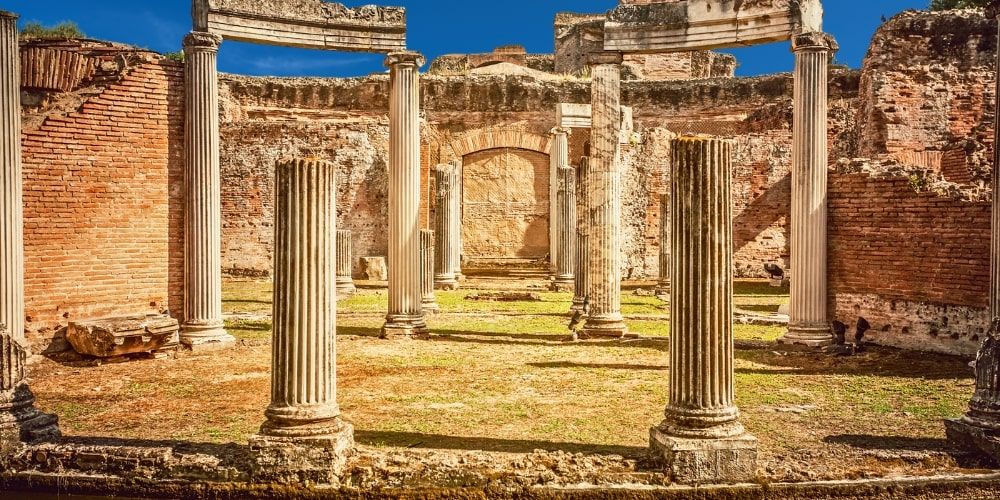
Discover all other experiences
Useful information to visit Hadrian's villa
Opening times
Villa Adriana can be visited every day. From 31st March to 15th September 2024, it opens at 8.15 A.M. and closes at 7.30 p.m. with the last admission at 6.15 p.m., while museum hours are from 9.15 am to 7 p.m.
From 16th September to 29th September 2024, it opens at 8.15 a.m. and closes at 7 p.m. with last admission at 5.45 p.m., while museum hours are 9.15 a.m. to 6.30 p.m.
From 30th September to 26th October 2024, it opens at 8.15 a.m. and closes at 6.30 p.m. with last admission at 5.15 p.m., while museum hours are 9.15 a.m. to 6 p.m.
From 27th October 2024 to 26th January 2025 it opens at 8.15 a.m. and closes at 5 p.m. with last admission at 3.45 p.m., while museum hours are from 9.15 a.m. to 4.30 p.m.
You can enjoy free admission on these dates: the first Sunday of the month, 25th April (Liberation Day), 2nd June (Republic Day), and 4th November (National Unity Day and Armed Forces Day)
1 January and 25 December are closed days, except for any special openings.
Tickets and costs
Admission to Hadrian's Villa costs €12, while the reduced rate is €2 for young people aged between 18 and 25 years or who are residents of Tivoli or neighbouring towns, while it is free for some categories, including citizens under the age of 18, teachers, interpreters working in the tourist sector, tourist guides, workers and collaborators of the Ministry of Cultural Heritage and Activities, and registered journalists. There are also other options, including those affiliated with Trenitalia, and numerous Passes, such as full, reduced, and proximity passes, and the Skip the Line ticket.
Accessibility
Users with visual, intellectual, or hearing disabilities can benefit from accessible routes and the installation of tactile panels with Braille transcriptions to enable better enjoyment of the archaeological sites,
Booking
It is advisable to book in advance online and by email to avoid spending hours in queues and excessive waiting time,
Hadrian's Villa: tips for your visit
How to arrive at Hadrian's Villa
By car: if you are coming from Rome, take the A24 motorway and exit at the Tivoli tollgate. Keep driving along the Maremmana Inferiore road for 2.5 km until you reach the hamlet of Villa Adriana and follow the road signs to the site. The alternative option is to drive along the Via Tiburtina.
If arriving from L'Aquila, drive along the A24 motorway, exiting at the Tivoli exit. Continue along the Strada Maremmana Inferiore for c 2.5 km until you reach the hamlet of Tivoli Villa Adriana.
You can benefit from a convenient pay car park in front of the entrance to the archaeological area.
Bus from Rome: several lines serve the area near the Villa, including the Metro B to the Ponte Mammolo stop, the Co.Tra.L bus in the direction of Via Prenestina, which stops about 300 m from the entrance to the Villa, or the Co.Tra.L bus in the direction of Via Tiburtina. It is also possible to choose a bus along Via Tiburtina, stopping near the hamlet of Tivoli Villa Adriana, and then walk about 2 km.
If you prefer the train, you can board from Termini Station or Tiburtina Station until the Tivoli FS station. At this point, you have to choose between the local CAT 4 or CAT 4 X bus with a stop in front of the Roman villa, a Co.Tra.L bus in the direction of Via Prenestina, which stops about 300 m from the site, or a Tivoli-Roma suburban bus with a stop along Via Tiburtina about 2 km from the entrance to the archaeological site.
You could also get to Hadrian's Villa by train, reaching the Bagni di Tivoli station (Tivoli Terme) and taking a Co.Tra.L Roma-Tivoli-via Tiburtina bus.
The best experiences in Rome
Best attractions around Hadrian's Villa
all entrance tickets for the most popular Italian attractions
St.Peter's Basilica
RomeColosseum
RomeVatican Museum
RomePantheon
RomeTrevi Fountain
RomeSistine Chapel
RomeSant'Angelo Castle
RomeTivoli Villas
RomeVilla Adriana in Tivoli: Unesco Site a stone’s throw from Rome
Emperor Hadrian's suburban home, a stone's throw from Rome
Read more.jpg)
FAQS about visiting Hadrian's Villa
1. How long does it take to visit Hadrian's Villa?
The guided tour to visit the most famous masterpieces of Hadrian's Villa takes 1.30H. If you prefer to treat yourself to a more detailed and in-depth visit, it can take between two and three hours, taking into account the time needed for transfers.
2. What was Hadrian's Villa for?
Initially, it was designed as a place of delight and a country residence where Emperor Hadrian would go to devote himself to otium, isolating himself to relax from public life and the frenzy of the Empire's governmental activity. Over time, he decided to move there, choosing it as his seat of government.
3. What is the difference between Villa d'Este and Villa Adriana?
These splendid patrician residences are both located near Tivoli: Villa Adriana is situated in the lowest area of the Latium town, the so-called Adrian village, while Villa d'Este is located in the splendid historic centre of medieval origin, 300 metres above sea level.
4. How much does a ticket cost at Villa Adriana?
Admission to Hadrian's Villa costs €12, while the reduced rate is €2 for young people aged between 18 and 25 years or who are residents of Tivoli or neighbouring towns, while it is free for some categories, including citizens under the age of 18, teachers, interpreters working in the tourist sector, tourist guides, workers and collaborators of the Ministry of Cultural Heritage and Activities, and registered journalists. There are also other options, including those affiliated with Trenitalia, and numerous Passes, such as full, reduced, and proximity passes, and the Skip the Line ticket.
5. How to book a visit to Hadrian's Villa at Tivoli?
It is highly recommended to book tickets in advance, especially during peak season. You can purchase tickets online to avoid waiting in long queues.
How to visit Hadrian's Villa?
To admire the treasures of this splendid attraction, it is essential to plan your visit as well as possible. A great tip is to go ahead and book your tour to enjoy an immersive experience in peace. Here is some information and tips on the different types of tours you can buy:
Exclusive private tours: they are ideal for exploring the city at a relaxed pace, and they last about two hours with the valuable support of a licensed tour guide.
Semi-private Plus visits: visit all its wonders on a 120-minute tour in eight groups.
It includes the model, the Maritime Theatre, the Pecile, the Hall of the Exedras, the Hall of the Philosophers, the Canopus, the Small Baths, the Vestibule, the Great Baths, the Imperial Palace, the Museum of Hadrian's Villa, the Fish Pool, the Baths of Heliocamminus.
Standard Semi-Private Tours: get ready for an exciting 90-minute tour with a maximum of 8 people starting at 10.00 a.m.
It includes the model, the Maritime Theatre, the Pecile, the Hall of the Exedras, the Hall of the Philosophers and Small Baths, the Vestibule, the Great Baths, and the Canopus.
The history of Hadrian's Villa in short
The construction of this marvellous patrician residence began around 126 AD, following Emperor Hadrian's long and adventurous journey through the remote provinces of the East. Fascinated by the destinations and the incredible architectural wonders he had admired, including the Lyceum, the Pecile of Athens, the Academy, the Canopus, the Valley of Tempe, and the Nile Delta, he drew inspiration, integrating ideas with his own creativity to realise his own bucolic Eden. Over the centuries, it suffered devastation by barbarian troops, while in the Middle Ages it was used as a quarry. From the 18th century onwards, excavations and painstaking restoration work began.
Villa Adriana Curiosities
The majestic architectural complex stands on an area covering more than 120 hectares. Researchers have discovered that beneath the surface runs a dense network of tunnels and burrows used for the transit of goods and servants to the magnificent Villa and the capital of the Empire. This attests to the sovereign's extraordinary architectural mastery.
Hadrian's Villa explained to the children
Emperor Hadrian had the opportunity to travel to all the provinces of the vast empire, including the East, Egypt, and Greece. In this luxurious residence, which stood near ancient Tiburtum, he had magnificent pavilions, exotic gardens, and fountains created to evoke the atmosphere of the fascinating places he explored. In ancient times, the splendid villa of the emperor, poet, and philosopher was adorned with marvellous statues, polychrome stuccoes, and marble decorations. It had thermal baths and an area reserved for the Emperor's reflections, the so-called Maritime Theatre.
It is one of the most sumptuous, articulate, and imposing examples of the admirable architectural mastery of the ancient Romans. When you visit it, you can admire and marvel at the incredible play of perspectives, artistic masterpieces, and architectural marvels designed to offer unprecedented, evocative, and exciting views. The archaeological site covers a vast area spread over more than 120 hectares and is rich in water features that make for a magical environment on a tuffaceous terrain at the foot of the Tiburtini mountains. It represents a precious testimony of an imperial and dynastic residence.
When you visit this marvelous archaeological site, you will take an exciting journey through time to discover the history and art of the ancient Romans in a dreamlike destination. You will admire the porticoes bordering the beautiful gardens adorned with centuries-old olive trees where the emperor entertained himself in dialogue with philosophers. Other attractions include the famous thermal baths and the gymnasium where athletes trained, the aqueducts, which were essential for irrigating the lush gardens, the artificial lakes and the fascinating fountains, the Canopus, the tricliniar areas, and the Maritime Theatre.
Imperial Palace Hadrian's Villa
This is the first nucleus of Emperor Hadrian's opulent and imposing residence, built between 118 AD and 125 AD. The ruler reworked and adapted the earlier structure of the republican villa dating from between the 2nd and 1st century BC, as evidenced by the ancient cryptoporticus. The vault of the building is adorned with a splendid geometric decoration in mosaic. Areas that can be visited include the Golden Square with a peristyle surrounded by an octagonal colonnade, the Nymphaeum Palace, the Hall of the Doric Pilasters, large porticoed courtyards, a hall with a basilica plan, the peristyle of the Libraries, the Latin and Greek Libraries and the Hospitalia and Tempe Pavilion.



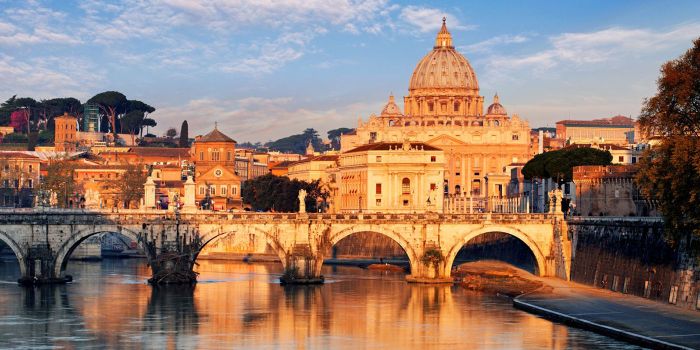
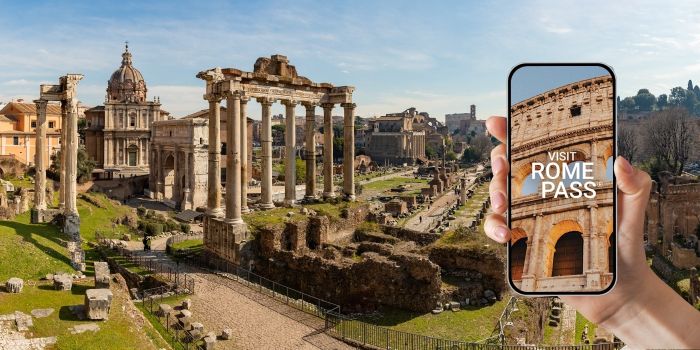
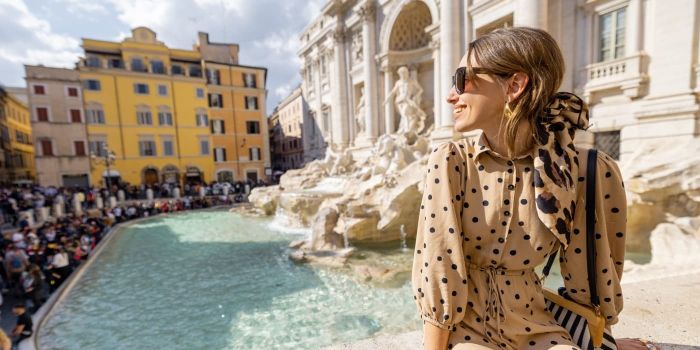
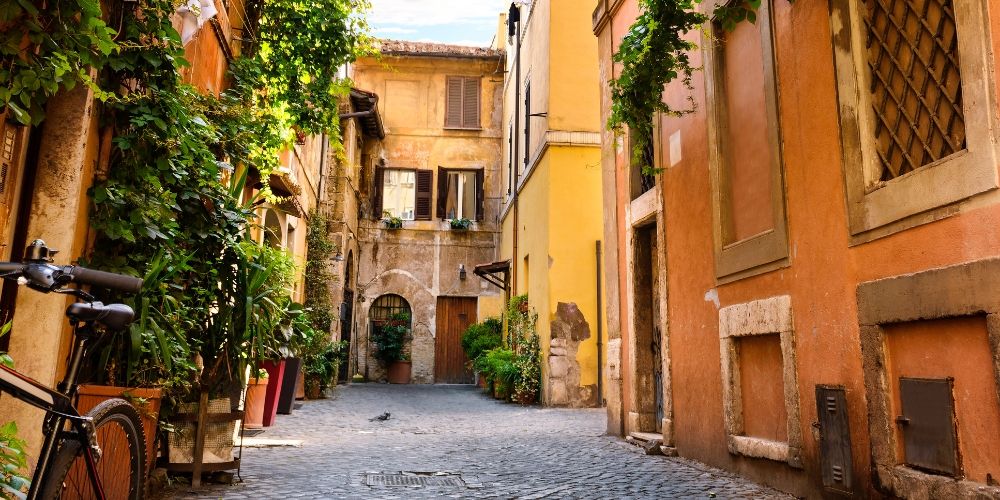
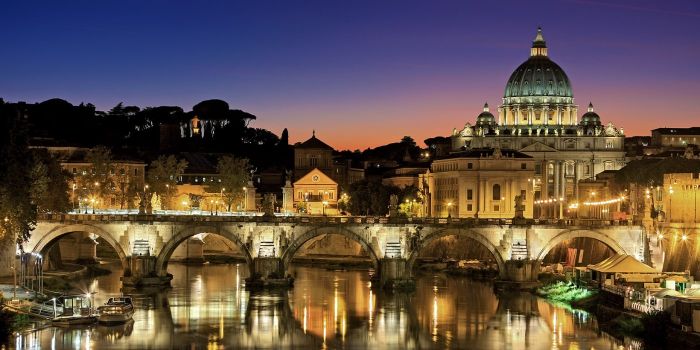

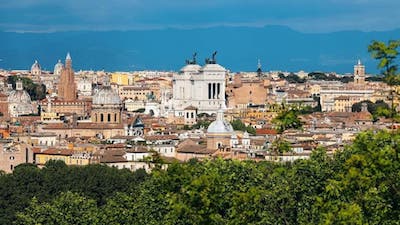
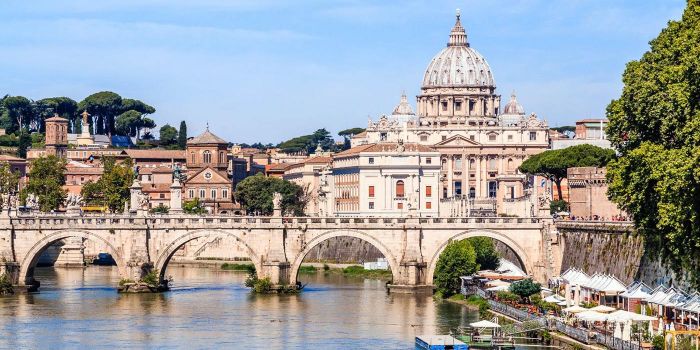





Simone Pini
Discover Hadrian's Villa in Tivoli: all the information about tickets, timetables, guided tours to explore this charming archaeological site